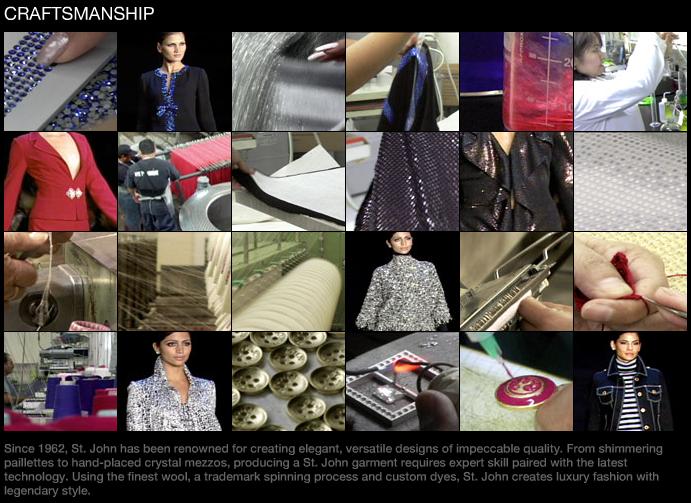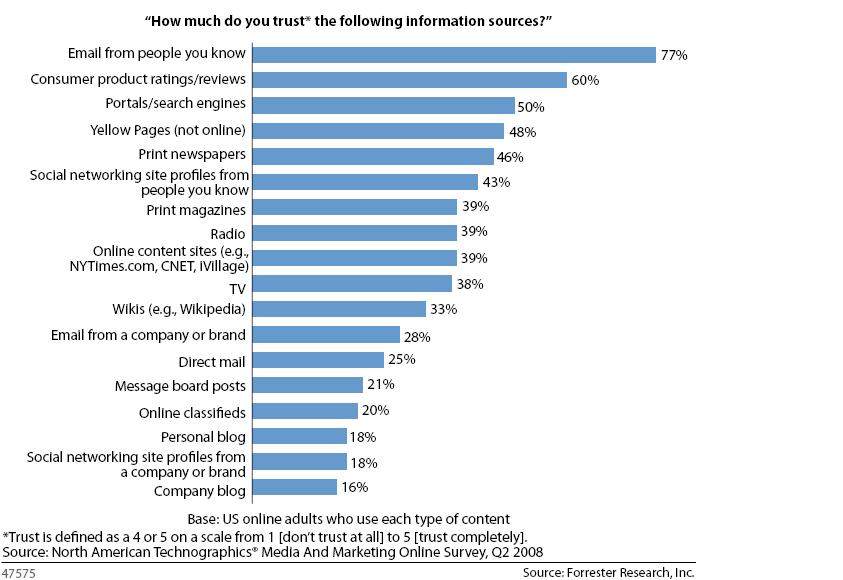Compassion Core for Fan Brands

**Image Pier Madonia for the International Red Cross**
One topic that I have written about extensively in this blog is consumer relationships with brands and, in special cases, Brands Worthy of a Weekend (BWOW). When I started writing about BWOW, it was still a relatively lofty bar – a brand for which you care so deeply that you would spend a weekend away from your family to connect with other people who feel the same way about this brand, learn more about the “inside” of the business, meet the people who make the magic happen, etc. With the seismic shift in the blogosphere, however, brand “weekends” have become more and more common, but with a major difference – they are largely designed for influential voices versus passionate fans. In the mom blogger space in particular, these events are happening in rapid fire succession with some players covering multiple per month. While these executions absolutely hold water as communications strategies – at least for the time being – they are no longer about “passion”. I would argue it is very difficult to be truly passionate about more than a handful of things.
Enter compassion. I’d never stopped to give compassion much thought, but having begun work on a project that centers on compassion, I am now hyperconscious of it in the world around me and there are a lot of business applications. While we expect compassion in/from our fellow human beings, we don’t expect companies – with their one-size-fits-all policies and protocols for front line reps – to want or choose to show compassion. But upon further reflection, a lot of brand fan creation stories have an act of compassion at their core. A couple of examples:
- This weekend, the waitress at Inside Park at St. Barts who came outside (where I was exiled with my toddler-gone-wild) to chat with me, suggest some places where I could entertain him, and take my order on the go made me a fan.
- My St. John Knit fan creation story is ALL about a VP of Customer Service reading my letter and breaking the rules to help a desperate bride (now customer for life).
- Every Twitter/online customer redemption listening story – from @comcastcares to the Dell outreach team or non-tech areas like the Vermont Teddy Bear Company reading a complaint I had made about some spam affiliate marketing and correcting the problem (that turned me into a supporter of their sister venture Pajamagram).
The first step in codifying compassion into your business or brand as witnessed above is listening. You can not understand “the other” or “walk in their shoes” unless you pause to try to understand and consider an issue, opportunity or problem from their point of view. In the examples above, “listening” took the forms of watching a situation visually, reading a letter from a customer, and blogosphere monitoring respectively (note: great post on active listening from John Bell here).
The second element is trusting those human beings who do represent your brand with the power to act. Ritz Carlton famously gives front line reps a budget from which they can do whatever they need to do to correct any problems in a customer’s stay and send them away happy. That not only creates customer evangelists, it proves that the brand trusts the human beings that they have selected to embody the brand.
So, next time something happens that turns you into a positive-WOM machine for a company or a brand, think about the role compassion plays and whether or not you are in turn entrusting your team with the power to pass it along to your own customers.


